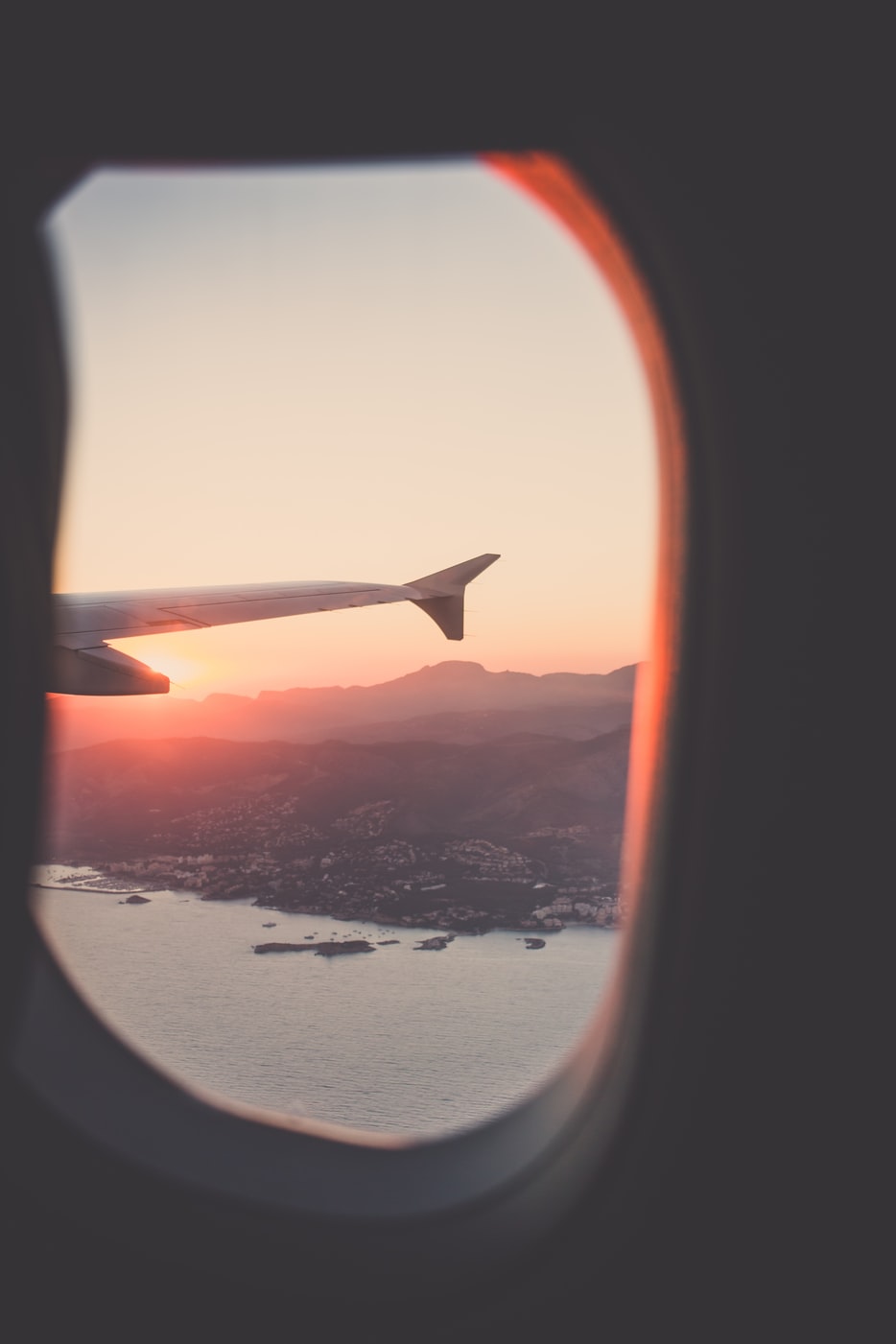How Covid-19 Effect Tourism
Tourism has undergone continued growth in recent decades and has become one of the fastest expanding economic sectors worldwide.
Over the decade, the industry saw a 59 percent rise in overseas visitors' arrivals from 1.5 billion in 2019 compared to 880 million in 2009. Tourism is also a vital force for socio-economic growth, with a rising number of national and foreign destinations witnessing unique trends in tourism.
The tourism sector worldwide contributed $8.9 trillion to the global G.D.P. in 2019, equivalent to a 10.3 percent contribution. It would be best if you also remembered that 1 out of 10 jobs worldwide is in tourism, equivalent to 330 million jobs.
The pandemic's effect on the travel tourism sector has been dramatically underestimated from the onset of the COVID-19 crisis in China. Politicians and tourism experts also do not have a complete picture of the scenarios and consequences of the problem, which would have an unprecedented impact on the tourism market.
In the literature, observational research on the influence of pandemic outbreaks on the tourism industry is generally lacking. In the short and long term, both globally and internationally, our paper is among the first to assess the possible effects of the COVID-19 pandemic.
Balancing the Return of Tourism Revenues and Safety
The E.U.E.U. has opened its borders to visitors from 15 foreign countries as of July 2020, leaving the U.S.U.S. off the list.
Health authorities also created a plan for grouping approved countries based on the country's success in coronavirus control. A nation is deemed to be under surveillance if it has a number equal to or below the E.U.E.U. Average of new coronavirus cases in the last 14 days per 100,000 inhabitants.
The European Commission released 'Reopen E.U.E.U.' on 15 June, an online portal providing critical information for free movement and tourism to be safely relaunched across Europe. The portal will give Real-time updates on borders, accessible modes of transport, travel bans, public health, and security measures.
Many nations have begun to relax boundary constraints and reopen to foreign travelers, with lockdowns easing across the world. While several governments still warn against "non-essential" international travel, their Covid-19 border prohibitions have been relaxed by a host of common destinations and are readily accepting visitors back:
- The European Commission has issued recommendations on how its Member States should begin to relax restrictions on coronavirus travel and allow tourism to start again.
- A "travel bubble" is being developed by the Baltic States, allowing people to travel between them openly.
- New Zealand and Australia have agreed to introduce a "COVID-safe travel zone" in Trans-Tasman as soon as it is safe to do so.
- Once again, destinations such as Dubai, the Maldives, Egypt, Lebanon, Croatia, Kenya, Tanzania, and Jamaica have opened their doors to international tourists, while Thailand aims to reopen shortly.
Although tourism is steadily returning to some destinations, most U.N.W.T.O. Tourism Expert Panel members expect foreign tourism to rebound only in the second half of 2021, followed by others who wish it to recover the first half of next year.
There are, however, still concerns about the lack of trustworthy information and the weakening economic climate that are described as factors that weigh on consumer sentiment, especially with the proposed new travel limits as the world comes to grips with the second wave of Covid-19.
The fears posed by returning vacationers about the "second wave" of coronavirus are wreaking havoc on the world's tourism industry.
The research aims to examine what is anticipated to have a detrimental impact on the environment and the tourism and geographic travel industry. It also plans to explore the essence of the effect.
Understanding the degree of possible implications and the global means of transmission will help us forecast the scale of the travel and tourism industry's present and projected disease impacts. As a policy response to the COVID-19 crisis, it will help policymakers and practitioners devise policies aimed at capacity building and organizational stabilization of the tourism sector between 2020-2021.
In the past decade, the number of international visitor arrivals has grown remarkably and has continued to rise over the last two years; arrivals reached a record of 1.3 billion worldwide in 2017, reaching 1.4 billion in 2018 and 1.5 billion in 2019.
In 2020, and with the extreme effects of the COVID-19 pandemic, contrasted with 2019 estimates, foreign tourism declined by 22 percent in Q1 and 65 percent in the first half of 2020.
In March 2020, according to the starting point of the phased expansion of borders and the removal of travel controls, the U.N.W.T.O. suggested three possibilities for future decreases in arrivals from 58 percent to 78 percent for 2020.
The financial forecast published in June by the International Air Transport Association (I.A.T.A.) revealed that airlines are projected to lose $84.3 billion globally in 2020 with a net profit margin of -20.1 percent. It also reported that from $838 billion in 2019, sales would decline by 50 percent to $419 billion. In 2021, when sales increase to $598 billion, losses are projected to be cut to $15.8 billion.
The Director-General and C.E.O. of I.A.T.A. said, "Financially, 2020 will go down as the worst year in aviation history." Every day of this year, on average, would contribute $230 million to industry losses. That's a deficit of $84.3 billion in total.'
Witnessing how many airlines failed during the coronavirus pandemic is disturbing. And even for airlines that are still in service, the situation is challenging: because of the pandemic, U.S.U.S. carriers have given out $10 billion in vouchers. A few examples of the most extensive coronavirus-related airline failures worldwide are mentioned below.
